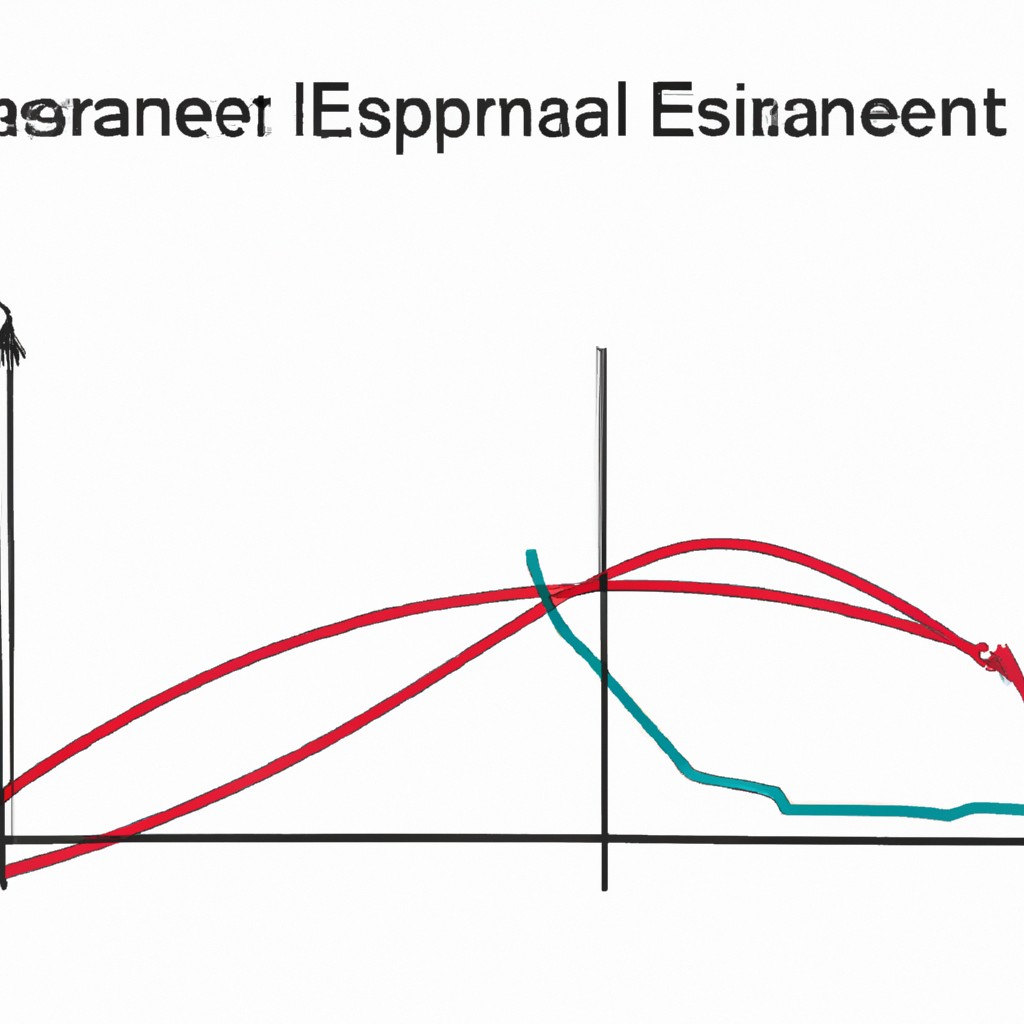Quantitative easing and its impact on interest rates

Quantitative easing, also known as QE, is a monetary policy tool used by central banks to stimulate the economy. It involves the purchase of government bonds and other securities, injecting money into the financial system. This increase in money supply aims to lower interest rates in order to encourage borrowing and spending. When interest rates are low, it becomes more affordable for businesses and individuals to take out loans, stimulating economic activity. QE can also impact long-term interest rates, such as mortgage rates, as the increased demand for bonds pushes their prices up and yields down. This can provide a boost to the housing market and consumer spending.
Read more












